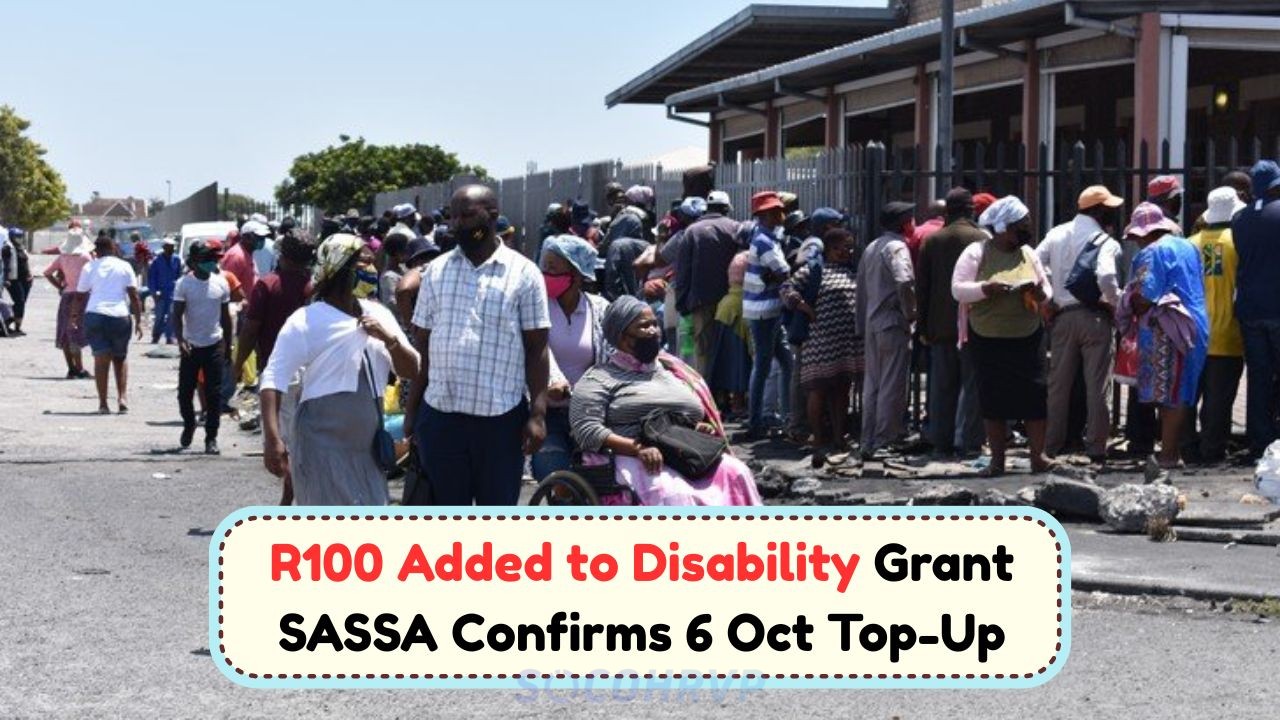Stage 3 Loadshedding Alert: South Africa is once again preparing to face the challenges of Stage 3 loadshedding, as Eskom struggles to manage a potential 15 GW outage. This critical situation arises as the nation grapples with balancing electricity supply and demand. As residents gear up for another round of power cuts, it’s crucial to understand the implications and what measures can be taken to mitigate the impact. The looming electricity crisis is not just a technical issue; it affects economic stability, daily life, and future energy policies in the country.
Understanding the Stage 3 Loadshedding
Stage 3 loadshedding means that Eskom will reduce the national grid’s load by about 3000 MW. This reduction is necessary to prevent the entire grid from collapsing, which would cause a nationwide blackout. The cuts are implemented in rolling blocks, affecting different areas at different times to spread the impact evenly. The aim is to stabilize the supply while addressing the shortfall caused by the 15 GW outage.
- Stage 3 can last for several hours a day.
- It affects both residential and commercial areas.
- Essential services like hospitals typically have exemptions.
- It necessitates increased reliance on backup generators.
Impact of 15 GW Outage on South Africa
The potential 15 GW outage is significant and directly impacts South Africa’s economy and daily life. The shortage results from a combination of factors, including unplanned maintenance, equipment failures, and a lack of investment in new infrastructure. Businesses, especially small and medium enterprises, face operational challenges, leading to reduced productivity and financial losses. Households are forced to adapt by using alternative energy sources, which can be costly and not always effective.
- Economic slowdown due to decreased industrial output.
- Increased unemployment as businesses cut costs.
- Heightened public frustration and pressure on the government.
- Potential rise in electricity tariffs to cover losses.
Mitigating the Impact of Loadshedding
While loadshedding remains a persistent challenge, there are several strategies that individuals and businesses can adopt to mitigate its impact. Investing in renewable energy sources like solar panels or wind turbines can provide long-term relief from power cuts. Additionally, energy-efficient appliances and smart home technologies can help reduce overall electricity consumption, easing the pressure on the grid.
- Install solar panels to harness renewable energy.
- Use energy-efficient appliances to reduce consumption.
- Consider battery storage solutions for backup power.
- Stay informed about loadshedding schedules and plan accordingly.
- Participate in community-based energy-saving initiatives.
The Role of Government and Policy in Addressing Loadshedding
| Policy | Objective | Impact |
|---|---|---|
| Renewable Energy Strategy | Increase use of renewable sources | Reduces dependency on coal |
| Infrastructure Investment | Upgrade existing power plants | Improves reliability |
| Energy Efficiency Programs | Promote efficient energy use | Decreases overall demand |
| Public Awareness Campaigns | Educate citizens about energy use | Encourages responsible consumption |
| Private Sector Partnerships | Encourage investment in energy | Boosts innovation and growth |
Community Efforts and Local Solutions
Community-based initiatives can play a crucial role in tackling the issues brought on by loadshedding. Local governments and organizations can set up cooperative energy projects that harness locally available resources. These projects not only provide immediate relief but also foster community engagement and self-reliance.
- Community solar projects for shared energy resources.
- Workshops on energy conservation techniques.
- Local microgrid systems for independent power.
- Partnerships with NGOs for sustainable development.
- Encouraging local entrepreneurship in the energy sector.
Technology’s Role in Loadshedding Solutions
| Technology | Function | Benefit |
|---|---|---|
| Smart Meters | Monitor real-time energy use | Improves efficiency |
| Energy Management Systems | Optimize consumption patterns | Reduces waste |
| Battery Storage | Stores excess energy | Provides backup power |
| Demand Response Systems | Adjusts usage during peak times | Balances load on the grid |
| Renewable Energy Tech | Utilizes solar/wind resources | Offers sustainable alternatives |
Preparing for Future Loadshedding Events
Preparation is key to minimizing the disruptions caused by loadshedding. By staying informed and proactive, individuals and communities can better manage the inevitable power cuts. Ensuring that emergency plans are in place and regularly updated can reduce stress and improve resilience.
- Keep emergency kits with flashlights and batteries ready.
- Have backup communication devices like battery-powered radios.
- Ensure critical devices are charged before scheduled cuts.
- Develop a family or business emergency plan.
Looking Ahead: Long-term Energy Solutions
To address the ongoing energy crisis, South Africa must look beyond immediate fixes and invest in long-term solutions. This involves diversifying energy sources, increasing investments in clean energy, and modernizing the national grid infrastructure. By doing so, the country can work towards a more sustainable and reliable energy future.
- Invest in nuclear and geothermal energy sources.
- Expand research in energy storage technologies.
- Strengthen cross-border energy trade agreements.
- Focus on energy policy reforms for innovation.
FAQs about Loadshedding and Energy Management
What are the typical durations for Stage 3 loadshedding?
Stage 3 loadshedding typically lasts between two to four hours per session, depending on the schedule and the severity of the electricity deficit.
How can businesses cope with frequent loadshedding?
Businesses can invest in generators, UPS systems, and solar power solutions to maintain operations during power cuts. It’s also beneficial to adjust work schedules according to loadshedding timetables.
Is there a way to receive alerts about loadshedding schedules?
Yes, there are several apps and online platforms that provide real-time updates on loadshedding schedules, helping residents and businesses plan accordingly.
Are there financial aids available for purchasing alternative energy solutions?
Some government programs and incentives are available to support the purchase and installation of renewable energy solutions, though availability may vary by region.
What are the environmental impacts of using backup generators?
Backup generators, especially those running on diesel, can contribute to air pollution and greenhouse gas emissions. It’s advisable to use them sparingly and consider cleaner alternatives.









